Identity A,B and C in the following reaction
To identify the compounds A, B, and C in the given reaction sequence, let's break down the steps involved in the reaction.
Step 1: Reaction of Acetylene with Dilute H2SO4 and HgSO4
The reaction starts with acetylene (HC≡CH) reacting with dilute sulfuric acid (H2SO4) in the presence of mercuric sulfate (HgSO4). This reaction leads to the formation of an enol, which is an intermediate compound.
Intermediate A:
- The reaction of acetylene with dilute H2SO4 and HgSO4 results in the formation of vinyl alcohol (enol), which can be represented as:
A=CH3CHOH
This compound is also known as ethenol.
Step 2: Reaction of A with Dilute NaOH
Next, the enol (A) undergoes a reaction with dilute sodium hydroxide (NaOH). This step involves the formation of an enolate ion from the enol, which then reacts with another molecule of acetaldehyde (CH3CHO) to form a beta-hydroxy aldehyde.
Intermediate B:
- The reaction leads to the formation of 3-hydroxybutanal (or beta-hydroxybutyraldehyde):
B=CH3CHOHCH2CHO
Step 3: Heating B to Form C
The final step involves heating the beta-hydroxy aldehyde (B), which leads to dehydration and the formation of an alpha, beta-unsaturated carbonyl compound.
Final Product C:
- Upon heating, the compound loses a water molecule (dehydration) to form crotonaldehyde:
C=CH3CH=CHCHO
Summary of Identifications:
- A: Ethenol (Vinyl alcohol, CH3CHOH)
- B: 3-Hydroxybutanal (CH3CHOHCH2CHO)
- C: Crotonaldehyde (CH3CH=CHCHO)
The reaction starts with acetylene (HC≡CH) reacting with dilute sulfuric acid (H2SO4) in the presence of mercuric sulfate (HgSO4). This reaction leads to the formation of an enol, which is an intermediate compound.
- The reaction of acetylene with dilute H2SO4 and HgSO4 results in the formation of vinyl alcohol (enol), which can be represented as:
A=CH3CHOH
This compound is also known as ethenol.
Next, the enol (A) undergoes a reaction with dilute sodium hydroxide (NaOH). This step involves the formation of an enolate ion from the enol, which then reacts with another molecule of acetaldehyde (CH3CHO) to form a beta-hydroxy aldehyde.
- The reaction leads to the formation of 3-hydroxybutanal (or beta-hydroxybutyraldehyde):
B=CH3CHOHCH2CHO
The final step involves heating the beta-hydroxy aldehyde (B), which leads to dehydration and the formation of an alpha, beta-unsaturated carbonyl compound.
- Upon heating, the compound loses a water molecule (dehydration) to form crotonaldehyde:
C=CH3CH=CHCHO
- A: Ethenol (Vinyl alcohol, CH3CHOH)
- B: 3-Hydroxybutanal (CH3CHOHCH2CHO)
- C: Crotonaldehyde (CH3CH=CHCHO)
Topper's Solved these Questions
- ALDEHYDES, KETONES AND CARBOXYLIC ACIDS BOOK - PRADEEPCHAPTER - ALDEHYDES, KETONES AND CARBOXYLIC ACIDS EXERCISE - NCERT QUESTIONS AND EXERCISES WITH ANSWERS (NCERT INTEXT SOLVED QUESTIONS)
5 Videos
- ALDEHYDES, KETONES AND CARBOXYLIC ACIDS BOOK - PRADEEPCHAPTER - ALDEHYDES, KETONES AND CARBOXYLIC ACIDS EXERCISE - NCERT QUESTIONS AND EXERCISES WITH ANSWERS (NCERT INTEXT UNSOLVED QUESTIONS)
8 Videos
- ALDEHYDES, KETONES AND CARBOXYLIC ACIDS BOOK - PRADEEPCHAPTER - ALDEHYDES, KETONES AND CARBOXYLIC ACIDS EXERCISE - TEST YOUR GRIP (II. FILL IN THE BLANKS)
53 Videos
- ALCOHOLS, PHENOLS AND ETHERSBOOK - PRADEEPCHAPTER - ALCOHOLS, PHENOLS AND ETHERSEXERCISE - IMPORTANT QUESTIONS FOR BOARD EXAMINATIONS.
29 Videos
- APPENDIXBOOK - PRADEEPCHAPTER - APPENDIXEXERCISE - MODEL TEST PAPER <br> (Section C )
15 Videos
Similar Questions
Identify A, B and C in the following reaction:
CH≡CHdil. H2SO4−−−−−−→HgSO4Adil. NaOH−−−−−−→Bheat−−→C
View SolutionWrite structure of A, B C and D in the following eactin sequence :
CH3COClH2/Pd−BaSO4−−−−−−−−−→Adil. NaOH−−−−−→BΔ−−→C ⏐↓CH3MgBr/H3O+ D
(b) Arrange the following compounds in the increasing order of their boiling points :
CH3CHO,CH3CH2OH,CH3OCH3,CH3COOH
View Solution
Knowledge Check
Predict the product 'B' in the sequence of reaction HC≡CH30%H2SO4−−−−−−→HgSO4ANaOH−−−→B
ACH3COONaBCH3COOHCCH3CHODCH3−C∣OHH−CH2CHOIn the reaction
Ph−C≡C−CH3H3O+−−−→HgSO4A, A isA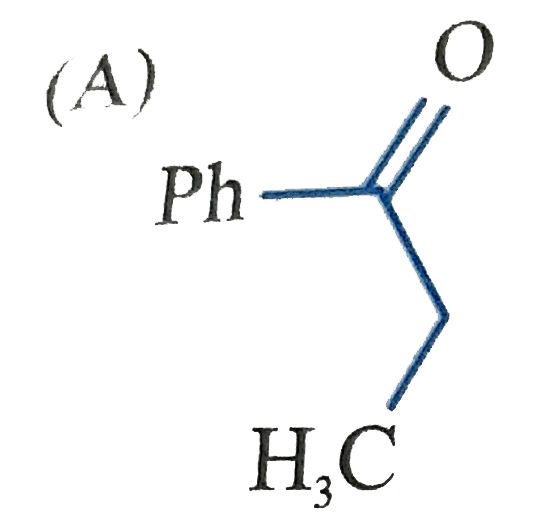 B
B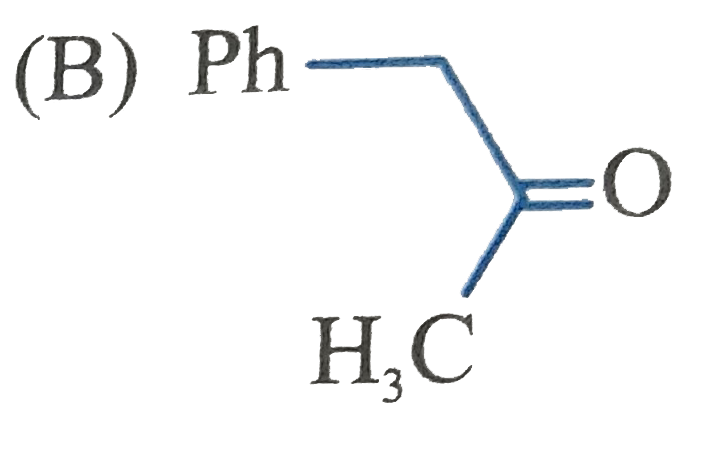 C
C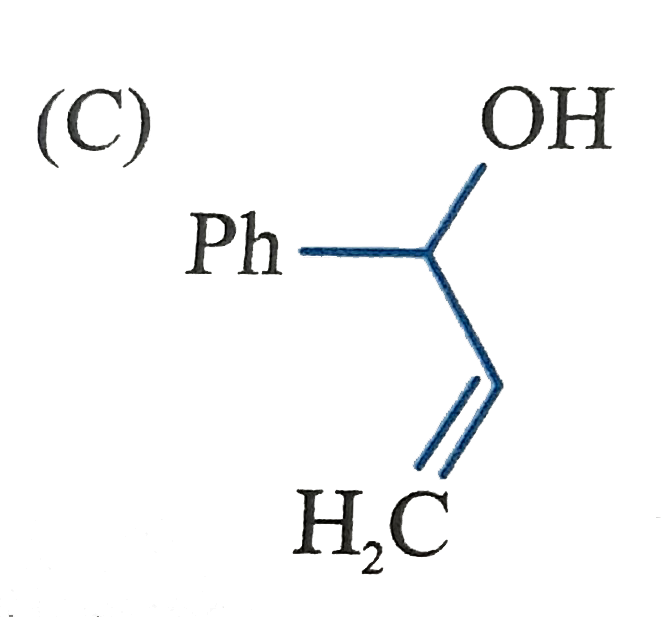 D
D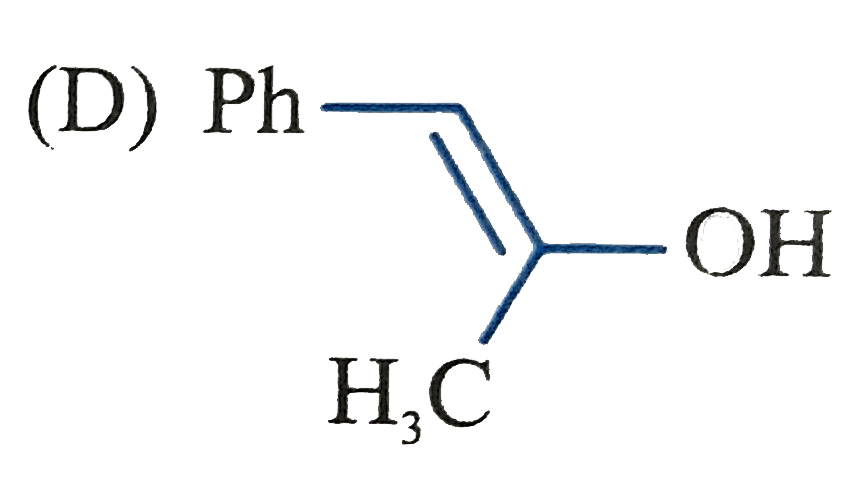
Predict the correct intermediate and product in the following reaction.
H3C−C−CHH2O,H2SO4−−−−−−−→HgSO4
Intermediate(A)→Product(B)AA=H3C−C∣SO4=CH2,B=H3C−C∣∣O−CH3BA=H3C−C∣OH=CH2,B=H3C−C∣SO4=CH2CA=H3C−C∣∣O−CH3,B=H3C−C≡CHDA=H3C−C∣OH=CH2,B=H3C−C∣∣O−CH3
Write structures of compounds A, B and C in each of the following reactions :
CH3CN(a)SNCl2/HCl−−−−−−−−−→(b)H3O+Adil. NaOH−−−−−→BΔ−−→C
View SolutionIdentify A, B and C in the following reaction
CH≡CHdil.H2SO4HgSO4Adil.NaOH−−−−−→Bheat−−→C→
View SolutionComplete the following reactions :
CH≡CHH2O,HgSO4/H2SO4−−−−−−−−−−−−→
View SolutionIdentify A-D in the following reactions .

(1) A+BdilNaOH−−−−−→ΔC+H2O
(2) CdilNaOH−−−−−−−→(ii)Zn/H2OD+A
(3)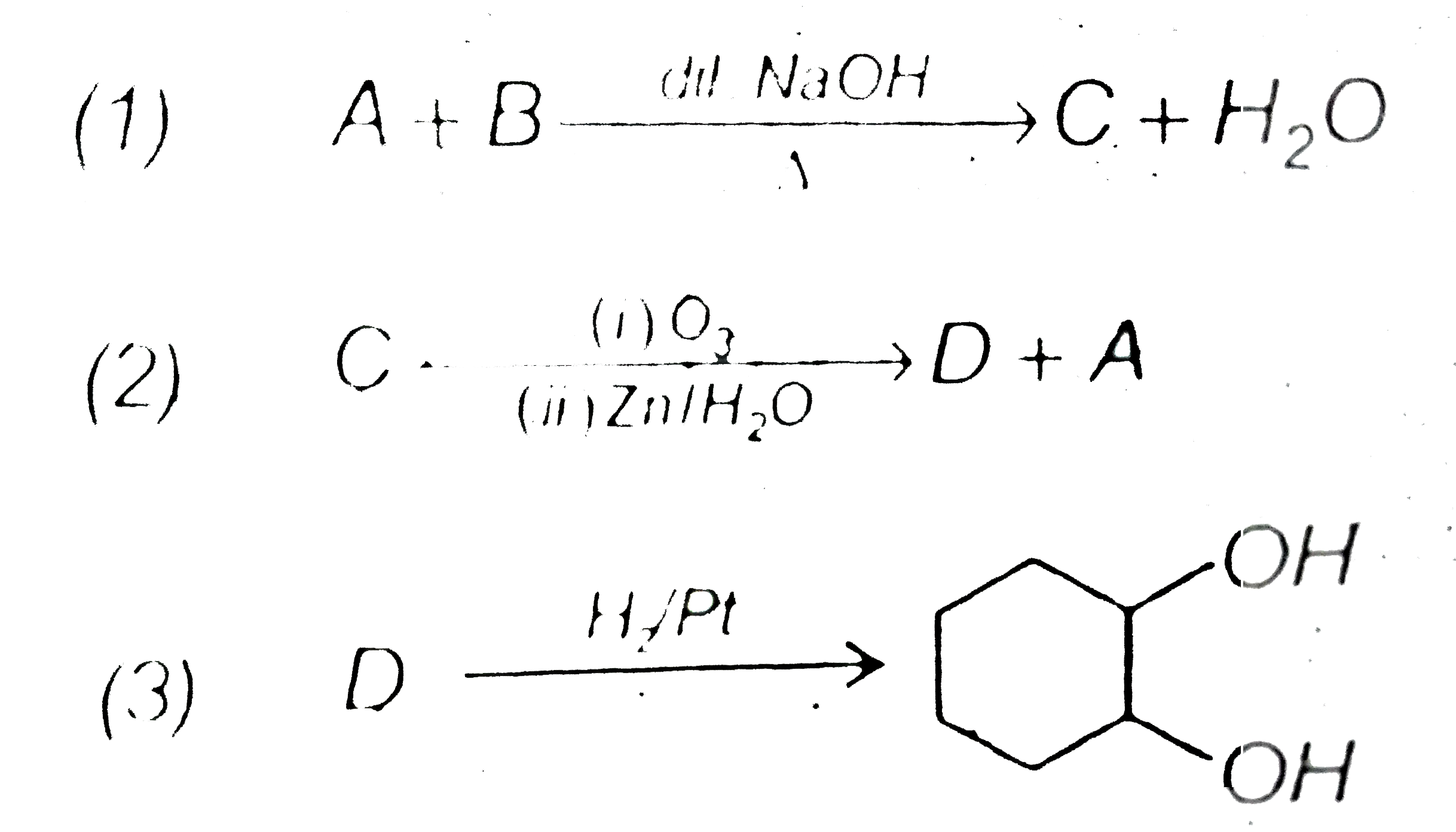
View SolutionCH3−C≡dil.H2SO4−−−−−−−−→Hg+2XBa(OH)2−−−−−−−−→ΔY,Y is
View Solution
